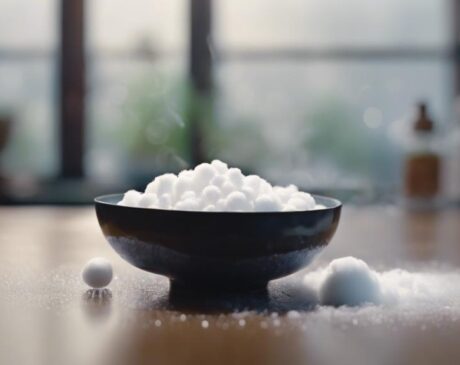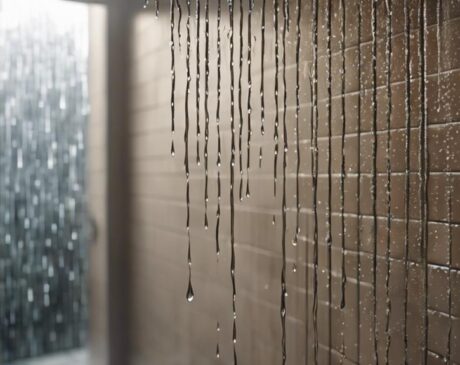What Is the Strongest Wood Glue?
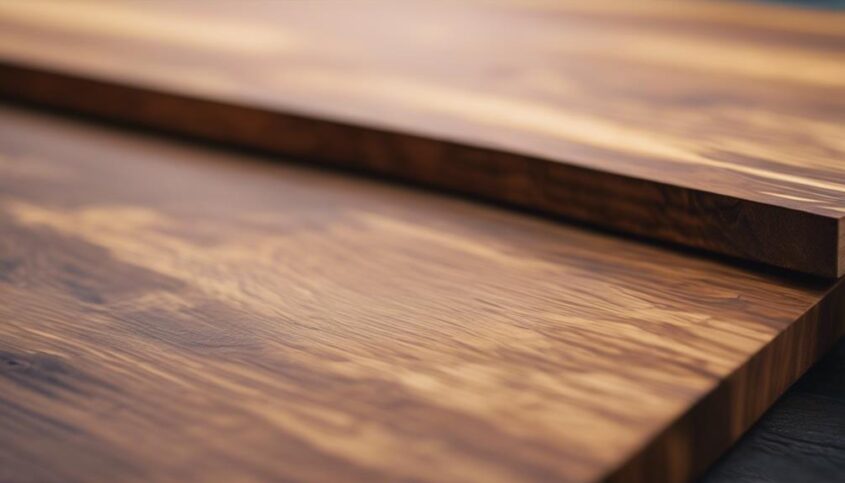
In terms of strength, polyurethane glue is renowned for its exceptional bonding prowess and ability to withstand heavy loads. When tackling robust woodworking projects, this adhesive is a favored choice. Its resilience and durability make it a standout option for demanding applications. for a comprehensive understanding of various wood glues and their properties, there are other important factors to consider.
Key Takeaways
- Polyurethane glue offers exceptional strength for heavy loads.
- Epoxy adhesives provide high tensile and shear strength.
- Cyanoacrylate (super glue) sets quickly with strong bonds.
- Consider durability testing for long-term performance.
- Select suitable adhesive based on strength requirements.
Types of Wood Glues
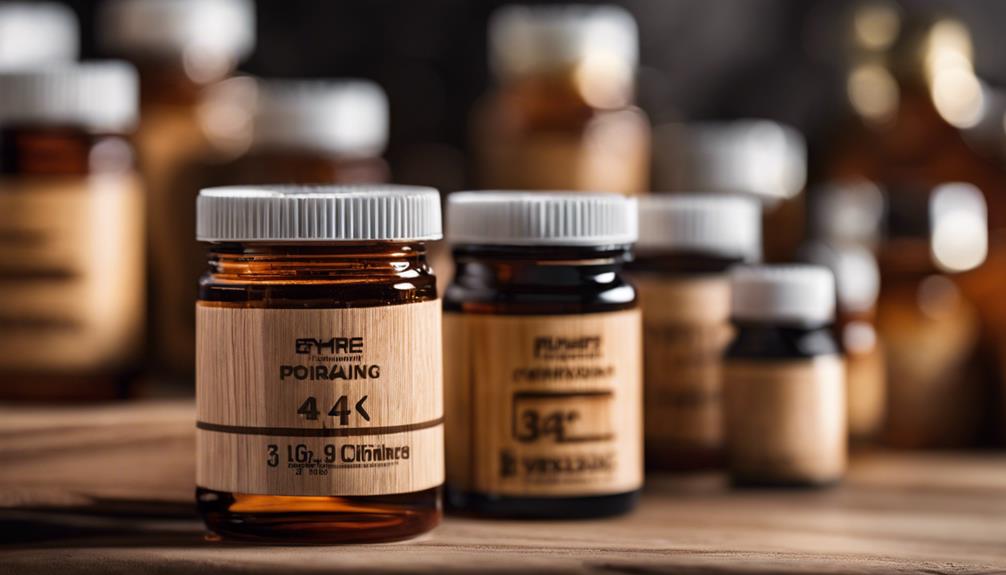
When it comes to woodwork projects, choosing the right type of wood glue is essential for ensuring strong and durable bonds between pieces of wood. There are several types of wood glues available in the market, each designed for specific applications.
One common type is aliphatic resin glue, also known as yellow glue. This type of glue is easy to use, dries clear, and is ideal for general woodworking projects. Another popular option is polyvinyl acetate (PVA) glue, which comes in both white and yellow versions. PVA glue is versatile, water-based, and suitable for various wood joints.
For more specialized projects, there are polyurethane glues that are waterproof and provide excellent bonding strength. Epoxy glue is another strong adhesive option, offering high resistance to heat, water, and chemicals. Cyanoacrylate glue, commonly known as super glue, is perfect for quick fixes and bonding small wood pieces.
Understanding the characteristics of each type of wood glue is crucial for selecting the most appropriate one for your specific woodworking needs. By choosing the right wood glue, you can ensure that your projects are not only strong but also built to last.
Strength Comparison
Comparing the strength of different wood glues is essential for determining their effectiveness in creating durable bonds for woodworking projects. When evaluating the strength of wood glues, factors such as bond strength, resistance to temperature changes, and flexibility under stress play crucial roles. Some wood glues, like polyurethane glue, are known for their exceptional strength and ability to create bonds that can withstand heavy loads. On the other hand, epoxy adhesives are prized for their high tensile and shear strength, making them ideal for demanding woodworking applications where a strong bond is essential. Additionally, cyanoacrylate (super glue) is valued for its quick setting time and ability to create strong bonds on various wood surfaces. By understanding the strength characteristics of different wood glues, woodworkers can select the most suitable adhesive for their specific project requirements, ensuring the longevity and durability of their creations.
Durability Testing

To determine the effectiveness and reliability of various wood glues in practical applications, durability testing is conducted to assess their long-term performance and resistance to environmental factors. Durability testing involves subjecting the glued materials to simulated real-world conditions such as temperature variations, humidity, and mechanical stress to evaluate how well the glue holds up over time. This testing process helps manufacturers and consumers understand how different wood glues withstand the rigors of everyday use, ensuring that the chosen adhesive can maintain its bond strength under various circumstances. By analyzing the results of durability testing, researchers can identify the best wood glue formulations that exhibit superior longevity and resilience, providing valuable insights for improving future adhesive technologies. Overall, durability testing plays a crucial role in determining the long-lasting performance of wood glues and guides the development of innovative products that meet the evolving needs of consumers seeking durable and reliable bonding solutions.
Weather Resistance
Assessing the ability of wood glues to withstand varying weather conditions is essential in determining their overall performance and reliability in outdoor applications. Weather resistance is a crucial factor when selecting a wood glue for projects that will be exposed to the elements. Here are three key points to consider when evaluating the weather resistance of wood glue:
- Waterproof Formulation: Look for wood glues that are specifically labeled as waterproof. These formulations are designed to resist moisture, preventing the glue joints from weakening or deteriorating when exposed to rain or humidity.
- UV Resistance: Choose a wood glue that offers UV resistance to prevent degradation from prolonged exposure to sunlight. UV-resistant wood glues help maintain the integrity of the bond and ensure long-lasting performance even in sunny conditions.
- Temperature Tolerance: Opt for a wood glue that can withstand a wide range of temperatures without losing its adhesive properties. A glue that remains stable in both hot and cold weather conditions will provide reliable bonding strength throughout the year.
Application Techniques

Efficiently applying wood glue is essential for achieving strong and durable bonds in woodworking projects. To maximize the strength of the bond, it is crucial to follow specific application techniques. Firstly, ensure that the surfaces to be glued are clean, dry, and free of any dust or debris. Applying a thin, even layer of wood glue to both surfaces using a brush, roller, or spreader helps to create a uniform bond. Additionally, using a clamp to hold the pieces together while the glue sets ensures that the bond is secure and free of gaps.
Innovative application techniques such as using a glue roller or brush with notched edges can help evenly distribute the glue and increase the surface area of contact between the two pieces of wood, enhancing the bond's strength. Moreover, applying slight pressure while joining the pieces can help squeeze out excess glue and create a tighter bond. By following these application techniques, woodworkers can achieve optimal bonding strength in their projects.
Curing Time Factors
Understanding the impact of curing time factors is crucial for ensuring the optimal strength and durability of wood glue bonds in woodworking projects. The curing time of wood glue can vary depending on several factors, and taking these into consideration can lead to more successful outcomes:
- Type of Glue: Different types of wood glue have varying curing times. For example, cyanoacrylate (CA) glue cures very quickly, often within seconds, while polyurethane glue may take several hours to reach full strength.
- Temperature and Humidity: Environmental conditions such as temperature and humidity play a significant role in the curing time of wood glue. Warmer temperatures generally accelerate the curing process, while high humidity can prolong it.
- Pressure Applied: Applying adequate pressure during the clamping process can help ensure a strong bond and shorten the curing time. Insufficient pressure may result in weak joints that take longer to cure fully.
Toxicity Considerations
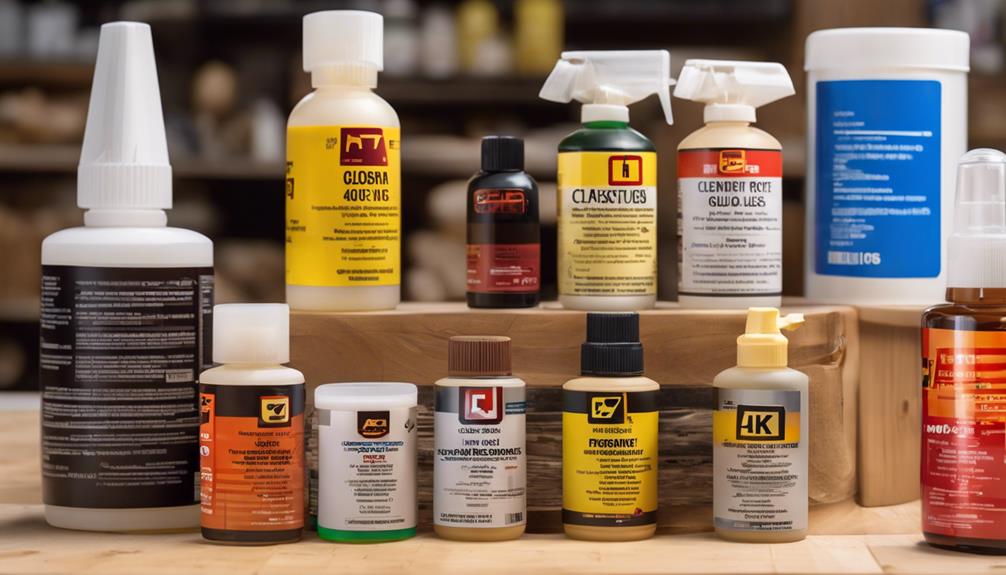
Considering the potential health risks associated with wood glue exposure, it is essential to address toxicity considerations when working with these products. Wood glues often contain chemicals that can be harmful if inhaled or come into contact with the skin. Some common ingredients in wood glues, such as formaldehyde and toluene, have been linked to respiratory issues, skin irritation, and in severe cases, long-term health effects.
To mitigate the risks of toxicity when using wood glue, it is crucial to work in a well-ventilated area or wear a mask to prevent inhaling harmful fumes. Additionally, using gloves can help protect the skin from direct contact with the adhesive. It is also advisable to read the safety instructions provided by the manufacturer and follow proper handling procedures.
Innovations in wood glue formulations have led to the development of low-VOC (volatile organic compound) and non-toxic options, offering a safer alternative for users concerned about potential health hazards. Prioritizing safety by choosing less toxic wood glues can contribute to a healthier working environment without compromising on bonding strength.
Cost Analysis
Wood glue cost analysis is a crucial aspect to consider when evaluating the overall financial implications of adhesive selection for woodworking projects. Understanding the cost breakdown of different wood glues can help craftsmen make informed decisions that balance budget constraints with the need for high-quality bonding solutions. Here are three key factors to consider when analyzing the cost of wood glue:
- Price per Ounce: Comparing the cost of wood glue products based on the price per ounce can provide insights into which options offer the best value for money.
- Coverage Area: Evaluating the coverage area of a particular wood glue product is essential for determining how far a single container can go, impacting overall project costs.
- Long-Term Durability: While initial costs are important, considering the long-term durability and strength of the bond achieved by different wood glues can help assess the overall cost-effectiveness of the adhesive over time.
Frequently Asked Questions
Can Wood Glue Be Used on Materials Other Than Wood?
Yes, wood glue can be used on materials other than wood. It is versatile and can bond various materials like paper, cardboard, fabric, and some plastics. Always check the manufacturer's instructions for compatibility and strength.
Can Wood Glue Be Used for Outdoor Projects?
Regarding outdoor projects, certain types of wood glue are formulated to withstand weather conditions and moisture, ensuring durability. It's essential to select a wood glue specifically designed for outdoor use to maintain the integrity of your projects.
Can Wood Glue Be Sanded or Painted Over Once It Has Dried?
Wood glue can be sanded or painted over once it has dried for a seamless finish. This versatility allows for flexibility in woodworking projects, ensuring that the bond remains strong while also meeting aesthetic requirements with ease.
How Long Does Wood Glue Typically Last Once Opened?
Wood glue typically lasts for several months to a year once opened, depending on storage conditions. Factors like temperature, humidity, and proper sealing play a role in its longevity. Regularly checking for consistency helps ensure effectiveness.
Are There Any Special Storage Considerations for Wood Glue to Maintain Its Effectiveness?
To maintain the effectiveness of wood glue, it is important to store it in a cool, dry place away from direct sunlight and extreme temperatures. Seal the container tightly after each use to prevent air exposure that could impact its adhesive properties.

